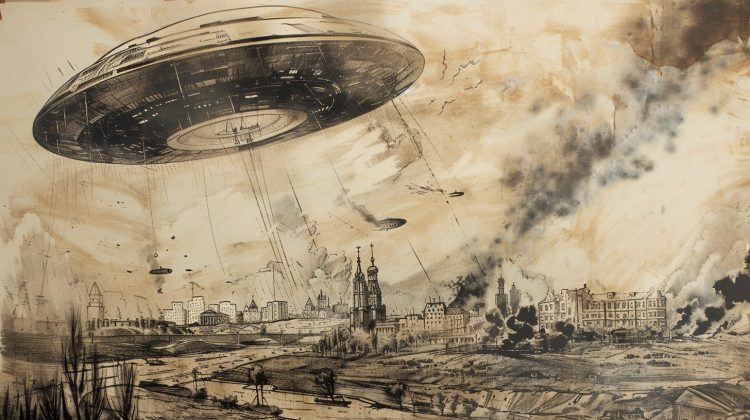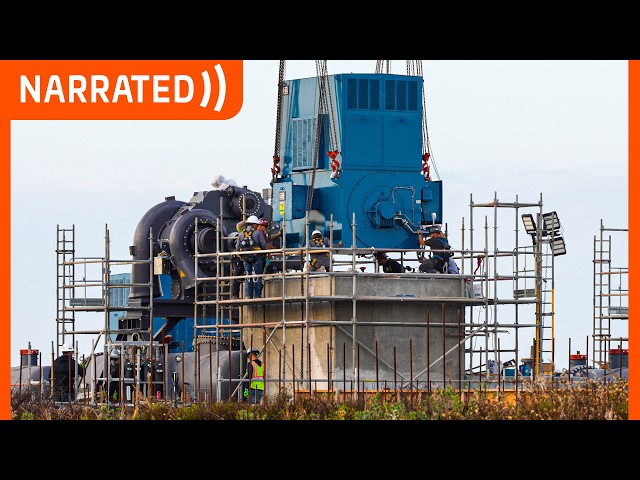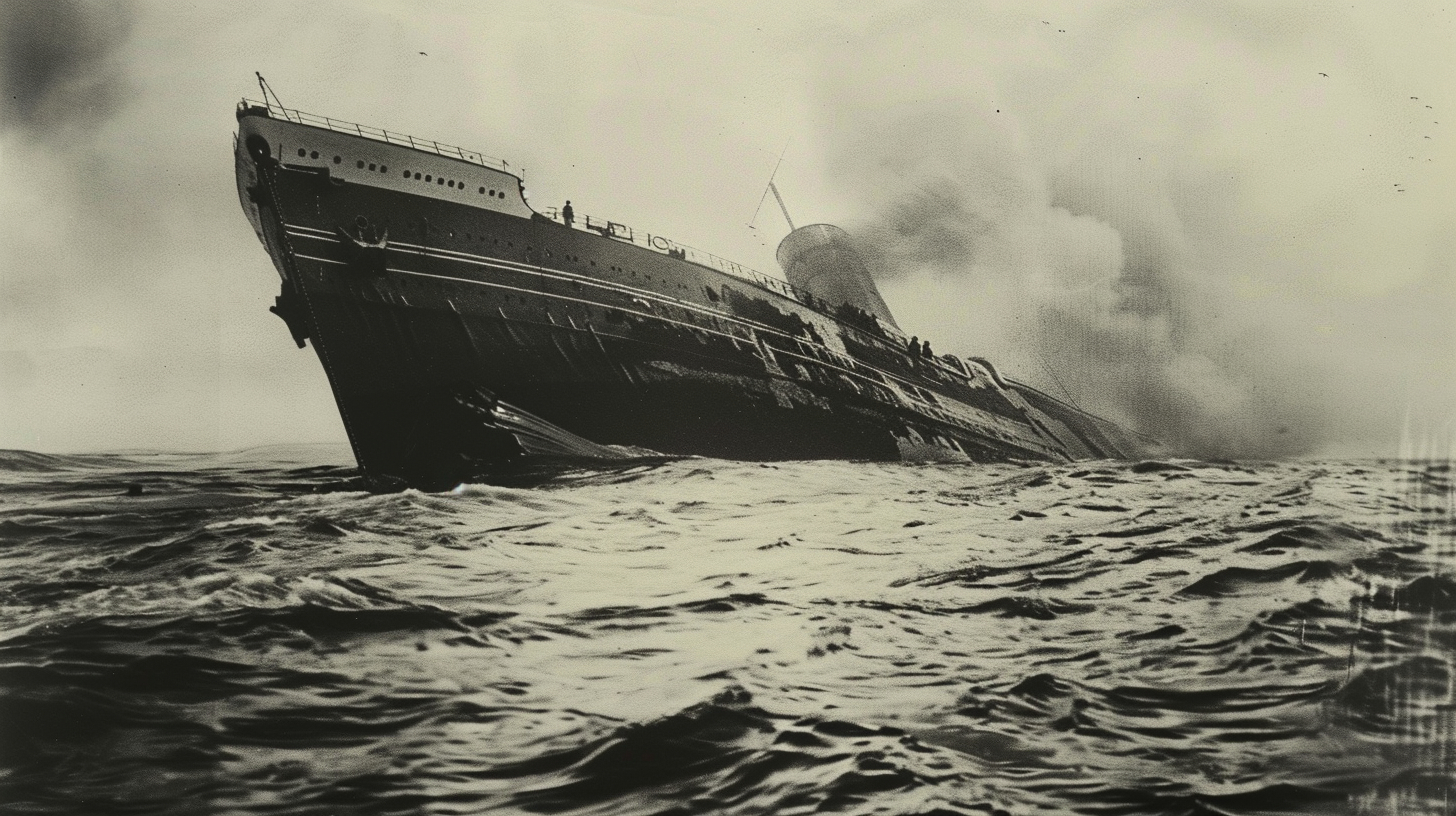Introduction
The Soviet Union, known for its secrecy during the Cold War era, also had its fair share of UFO encounters. These incidents, often shrouded in mystery, have fascinated both believers and skeptics alike. In this article, we will explore the top 5 most famous Soviet UFO encounters that have left an indelible mark on the history of ufology.
1. The Tunguska Event of 1908
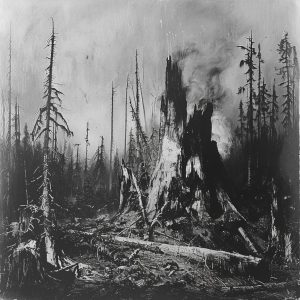
In the early morning hours of June 30, 1908, a remote region of Siberia witnessed one of the most enigmatic events in recorded history—the Tunguska Event. A colossal explosion, estimated to be a thousand times more powerful than the atomic bomb dropped on Hiroshima, flattened over 2,000 square kilometers of forest, leveling trees like matchsticks and sending shockwaves felt thousands of kilometers away. The sky lit up with a blinding flash, and witnesses reported seeing a column of blue light stretching across the horizon.
For decades, scientists and researchers have grappled with the mystery surrounding the Tunguska Event. The lack of a crater and the absence of any solid evidence of a meteorite impact fueled various theories, ranging from UFO encounters to antimatter explosions. However, as scientific knowledge advanced, so did our understanding of this cosmic catastrophe.
The prevailing theory today suggests that the Tunguska Event was caused by the explosion of a stony asteroid or comet fragment in Earth’s atmosphere. When the object entered the atmosphere at a speed of over 30 kilometers per second, the immense air pressure and friction caused it to disintegrate and explode approximately 5 to 10 kilometers above the ground. This airburst released energy equivalent to 10-15 megatons of TNT, unleashing a shockwave that devastated the surrounding area.
The lack of a crater can be explained by the fact that the object disintegrated and exploded before reaching the Earth’s surface. Eyewitness accounts of the event describe a bright fireball followed by a series of explosions and a shockwave that knocked people off their feet. The blast wave, traveling at supersonic speeds, flattened trees in a radial pattern extending from the epicenter.
The Tunguska Event left a lasting impact on both the local environment and scientific understanding. The forest within the blast zone was obliterated, leaving behind a barren landscape resembling the aftermath of a nuclear explosion. However, nature has since reclaimed the area, with new growth emerging amidst the remnants of fallen trees.
From a scientific perspective, the Tunguska Event provided valuable insights into the potential threat posed by near-Earth objects (NEOs). It served as a wake-up call, highlighting the need for increased monitoring and surveillance of asteroids and comets that intersect Earth’s orbit. Efforts to detect, track, and potentially mitigate the risk of future impacts have become a priority for astronomers and space agencies worldwide.
In recent years, advancements in technology have enabled researchers to study the Tunguska Event in greater detail. Ground-based surveys, satellite imagery, and computer simulations have shed light on the dynamics of the explosion and its long-term effects on the environment. Scientific expeditions to the Tunguska region have uncovered evidence of microscopic impact particles embedded in the soil, further corroborating the asteroid/comet impact theory.
2. The Height 611 Incident
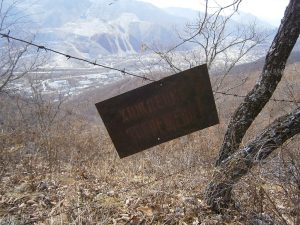
In the annals of unexplained phenomena, the Height 611 Incident stands as a puzzling enigma reminiscent of the infamous Roswell incident in the United States. Unlike its American counterpart, which has garnered widespread attention and speculation, the Height 611 Incident remains relatively obscure outside of Russia. Yet, for those familiar with the incident, it represents a compelling mystery that defies easy explanation.
The Height 611 Incident occurred on January 29, 1986, in the Dalnegorsk region of the Russian Far East. Witnesses reported seeing a luminous object streaking across the sky before crashing into the hill known as Height 611. The impact reportedly caused a series of secondary explosions and left behind a bizarre scene of destruction. Trees were scorched and uprooted, while strange metallic fragments littered the area.
One of the most intriguing aspects of the Height 611 Incident is the nature of the debris recovered from the crash site. Unlike conventional aircraft or known space debris, the fragments exhibited unusual properties that confounded scientists and investigators. Analysis revealed that the material contained high levels of elements such as aluminum, nickel, and titanium, but also contained traces of elements not found in terrestrial compounds.
Speculation ran rampant in the aftermath of the incident, with theories ranging from the crash of an experimental military aircraft to the arrival of extraterrestrial visitors. The Russian military swiftly moved to secure the crash site and restrict access, fueling rumors of a government cover-up. However, official statements from Russian authorities downplayed the significance of the incident, attributing it to a natural phenomenon such as a meteorite impact.
Despite attempts to downplay the incident, interest in the Height 611 Incident persisted among researchers and UFO enthusiasts. The anomalous nature of the debris and the secrecy surrounding the crash site only served to fuel speculation and conspiracy theories. Some suggested that the crash was linked to secret Soviet military experiments or even a clash with an unidentified flying object of extraterrestrial origin.
In the years since the Height 611 Incident, efforts to uncover the truth behind the mysterious crash have been hampered by a lack of conclusive evidence and official transparency. The Russian government has remained tight-lipped about the incident, refusing to release classified information or allow independent investigations. As a result, the true nature of what happened on that fateful day in January 1986 remains shrouded in mystery.
3. The Voronezh Encounter
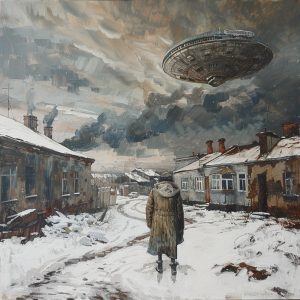
In September 1989, the city of Voronezh in southwestern Russia became the center of attention due to an unusual event that captured the interest of locals and garnered media coverage both nationally and internationally. Referred to as the Voronezh Incident, it involved sightings of a strange object in the sky accompanied by reports of humanoid figures.
Witnesses reported seeing a large, glowing object hovering silently in the sky above Voronezh. The object emitted pulsating lights and appeared to change colors as it moved. Some witnesses claimed to have seen a hatch open on the underside of the object, from which three humanoid figures emerged. Descriptions of these beings varied, but they were generally described as tall and slender, wearing silver suits.
According to eyewitness accounts, the humanoid figures interacted with the environment and appeared to communicate telepathically with a group of children playing in a nearby park. The encounter lasted for several minutes before the figures reentered the object, which then disappeared from view.
In the aftermath of the Voronezh Incident, there was considerable speculation and debate about what had been witnessed. Skeptics suggested various explanations, including misidentifications of natural phenomena or hoaxes. However, for those who witnessed the event, it was a memorable and thought-provoking experience.
Despite efforts by authorities to downplay the incident and discourage further investigation, interest in the Voronezh Incident persisted among UFO enthusiasts and researchers. Eyewitness testimonies, along with photographs and sketches, were analyzed and discussed, but conclusive evidence remained elusive.
4. The Sverdlovsk Incident
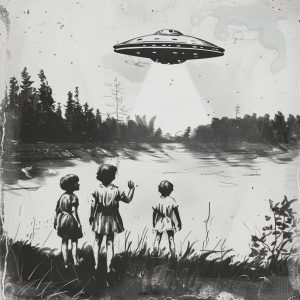
In the summer of 1979, the city of Sverdlovsk in the Ural Mountains region of Russia became the focus of attention due to a series of unusual sightings. While reports of unidentified flying objects (UFOs) often evoke visions of science fiction, the events in Sverdlovsk were intertwined with a more somber reality—the outbreak of illness and deaths among the city’s residents.
As residents gazed skyward, intrigued by the mysterious lights and shapes darting across the horizon, a shadow of concern loomed over the city. In the midst of the UFO sightings, reports emerged of an unexplained outbreak of illness, characterized by symptoms such as high fever, respiratory distress, and hemorrhaging.
Initially, authorities attributed the deaths to natural causes, citing a bacterial outbreak, specifically anthrax, as the culprit. However, as questions mounted and eyewitness accounts of UFO sightings circulated, doubts began to surface regarding the official explanation.
Some residents speculated about a possible connection between the UFO sightings and the outbreak of illness. Could there be a correlation between the strange aerial phenomena observed in the skies above Sverdlovsk and the sudden and unexplained deaths among its residents?
While the precise nature of the connection remains a subject of debate, the events of 1979 left an indelible mark on the city and its inhabitants. The convergence of UFO sightings and a public health crisis cast a veil of uncertainty over Sverdlovsk, sparking curiosity, speculation, and concern among its residents.
Decades later, the Sverdlovsk UFO sightings continue to intrigue researchers and historians, offering a glimpse into a moment in time when the boundaries between the ordinary and the extraordinary blurred. While skeptics may dismiss the sightings as mere misidentifications or atmospheric anomalies, the connection to the outbreak of illness adds a layer of complexity to the narrative, inviting further exploration and investigation.
5. The Leningrad UFO Wave
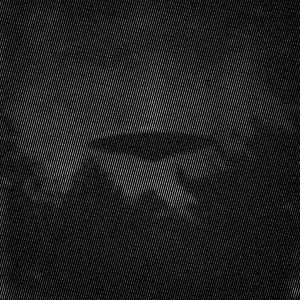
Conclusion
These top 5 most famous Soviet UFO encounters represent just a glimpse into the rich history of UFO sightings in the Soviet Union. These incidents continue to captivate the imagination and raise questions about the presence of extraterrestrial life. Whether one believes in UFOs or not, the stories of these encounters provide a fascinating window into the mysterious world of unidentified aerial phenomena.
